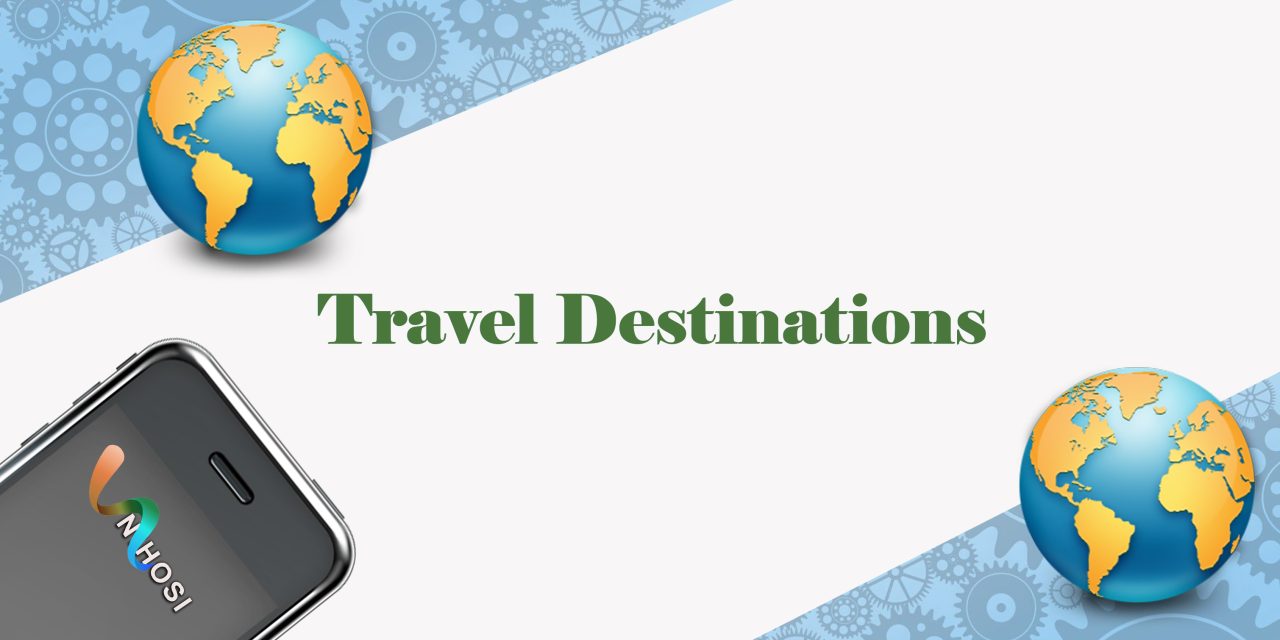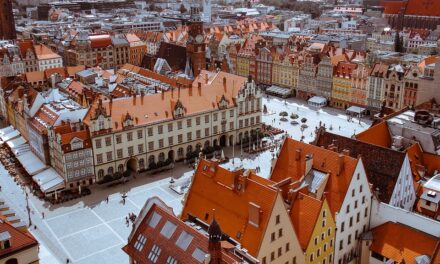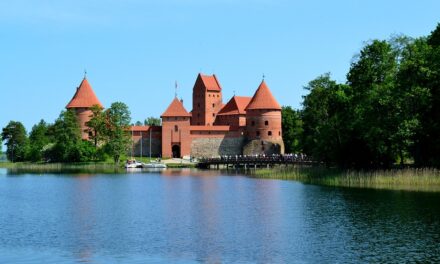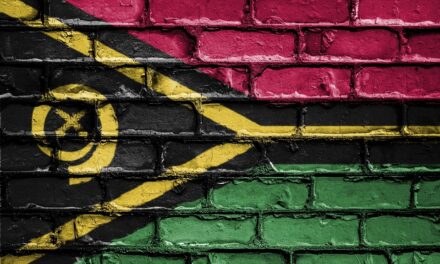The Ultimate Travel Guide to the Holy See: Expert Tips for First-Time Visitors
Welcome to the heart of global Catholicism and one of the most intriguing destinations in the world. The Holy See, often interchangeably referred to as Vatican City, is the smallest country globally but packed with unparalleled history, artistic treasures, and religious significance that’s hard to find anywhere else. Whether you’re a devout pilgrim, an art enthusiast, or a curious traveller, the Holy See guarantees an experience that transcends the ordinary.
In this guide, we’ll be taking a deep dive into everything you need to know for your journey to the Holy See. This includes practical advice, must-see attractions, insider tips, and answers to all the questions first-time visitors inevitably have. Prepare for an unforgettable adventure!
What Is the Holy See and Why Should You Visit It?
When people think of the Holy See, the image of the Vatican — with St. Peter’s Basilica, the majestic dome by Michelangelo, and the Swiss Guards in their distinctive uniforms — often springs to mind. But what exactly is the Holy See?
The Holy See is the jurisdiction of the Pope as the spiritual leader of over 1.3 billion Catholics around the world. Officially recognised as a sovereign state since 1929, its centre lies within Vatican City, a 49-hectare country entirely surrounded by Rome, Italy. Though small in size, its cultural, religious, and historical legacy is unmatched.
Visiting the Holy See is a chance to take in iconic art and architecture — from the Sistine Chapel to the galleries of the Vatican Museums — while also experiencing spiritual enlightenment. Even if religion isn’t your motivation, the grandeur of its history and art will leave you awestruck.
Planning Your Visit: Logistics & Preparation
1. Best Time to Visit the Holy See
Determining the ideal time to visit depends on your preferences. Here’s what to consider:
- April to June: Spring offers pleasant weather, perfect for exploring. Expect moderate crowds as this is a popular time for tourists.
- September to November: Autumn is another great window with milder temperatures and slightly fewer tourists than summer.
- December (around Christmas): Visiting near the holiday season offers a unique experience with the Pope’s Christmas Eve Mass in St. Peter’s Basilica. It’s a spiritual highlight for Catholics worldwide.
- Summer months (July and August): While the weather is warmer, Vatican City tends to be exceptionally crowded. If you visit during this period, aim for early morning entries to avoid midday heat and queues.
2. Entry Requirements for the Holy See
While the Holy See is a separate country, visitors primarily access it through Rome. Make sure to check Italy’s visa requirements, as these also apply to entering Vatican City. EU citizens and travellers from visa-exempt countries (like the US, UK, Canada, etc.) can typically enter without restrictions for short visits.
3. What to Pack
Since many sites in Vatican City are religious spaces, it’s essential to pack appropriately.
- Dress Code: Modesty is key. Ensure your shoulders and knees are covered, especially when visiting the Sistine Chapel or St. Peter’s Basilica.
- Comfortable Footwear: Expect a lot of walking on cobblestone pathways; sturdy shoes are recommended.
- Essentials: Keep a water bottle, sunscreen, and a travel-sized umbrella handy. Even in sunny Rome, weather swings can surprise you.
Top Sights to See in the Holy See
No trip to the Holy See is complete without visiting these iconic landmarks:
1. St. Peter’s Basilica
Arguably the most famous church in the world, St. Peter’s Basilica is a masterpiece of Renaissance architecture. Designed by geniuses such as Michelangelo and Bramante, the basilica houses awe-inspiring artworks, including Michelangelo’s Pietà.
Expert Tip: Climb to the top of the Basilica’s dome for a breathtaking 360-degree view of Vatican City and Rome. Arrive early to beat the crowds, especially during peak travel seasons.
2. Sistine Chapel
For art aficionados, the Sistine Chapel offers one of the most awe-inspiring masterpieces in human history: Michelangelo’s ceiling frescoes, depicting the Creation of Adam and The Last Judgment.
Pro Tip: Purchase entry tickets online in advance. The Sistine Chapel is part of the larger Vatican Museums, so allocate a solid 2-3 hours to soak in all the artistic brilliance.
3. Vatican Museums
The Vatican Museums boast one of the most extensive art collections globally, including classical sculptures, religious artefacts, maps, tapestries, and paintings by Renaissance masters such as Raphael.
Actionable Insight: Book a guided tour. This significantly enhances your experience, offering context you might miss otherwise. Several tours also grant early access — particularly valuable if you’d prefer to explore without massive crowds.
4. St. Peter’s Square
Even if you don’t step inside the Basilica or Museums, take time to marvel at St. Peter’s Square. Designed by Gian Lorenzo Bernini, the square is shaped like giant arms that symbolise the church’s embrace of humanity.
If you happen to visit on a Sunday, don’t miss the Pope’s Angelus Blessing from the Apostolic Palace’s window.
5. Gardens of Vatican City
Though often overlooked, the Vatican Gardens provide a serene escape from the energetic crowds of St. Peter’s Basilica and Museums. The manicured gardens are rich with fountains, sculptures, and historical chapels.
Need-To-Know: Access is limited and only available via guided tours, which need to be booked in advance.
Navigating the Holy See Like a Pro: Expert Tips
1. Buying Tickets
- Purchase tickets ahead of time online. Long queues for on-the-spot purchases are the norm.
- Opt for a “Skip-the-Line” entry ticket, especially for peak attractions like the Sistine Chapel and Vatican Museums.
2. Best Times to Visit Popular Attractions
- Arrive by 8:30 AM for early access or after 3 PM when midday crowds subside.
- Wednesdays can be busier due to the Pope’s General Audience at St. Peter’s Square.
3. Cultural Etiquette
- Speak quietly, particularly within the Sistine Chapel and religious spaces. Flash photography is often prohibited here.
- Respect holy sites by adhering to the dress code and maintaining decorum.
Dining and Shopping within the Holy See
While Vatican City isn’t famous for cuisine, it does offer moments to delight your tastebuds and shop for unique souvenirs.
- Cafeteria: Inside the Vatican Museums, you’ll find a convenient cafeteria. It’s ideal for quick bites without leaving the grounds.
- Souvenirs: Purchase rosaries, Pope-blessed medals, or postcards within the Vatican’s official shops, located near the Basilica and Museums.
For a more authentic Italian meal, step outside to neighbouring neighbourhoods like Borgo Pio.
FAQs: Common Questions About Visiting the Holy See
Q1: Is there an entrance fee for Vatican City?
Entry to Vatican City itself is free, but key attractions such as the Vatican Museums, Sistine Chapel, and dome climb at St. Peter’s Basilica have ticketed entry.
Q2: Can you meet the Pope?
While meeting the Pope personally isn’t common, visitors can attend the Wednesday General Audience or Sunday Angelus Blessing. Tickets for the General Audience are free but require advanced requests through the Swiss Guards or online.
Final Thoughts
A visit to the Holy See is more than just a holiday. It’s a journey into centuries of history, unparalleled artistry, and profound spirituality. With careful preparation, you can make the most of your visit and walk away with memories to last a lifetime.
Looking to elevate your Holy See experience? Consider booking curated Vatican tours with Nihosi Travels & Tours. Let’s help you unlock the full magic of this glorious destination with expert-guided itineraries!











Subscribe To Our Newsletter
Join our mailing list to receive the latest news and updates from our team.
You have Successfully Subscribed!